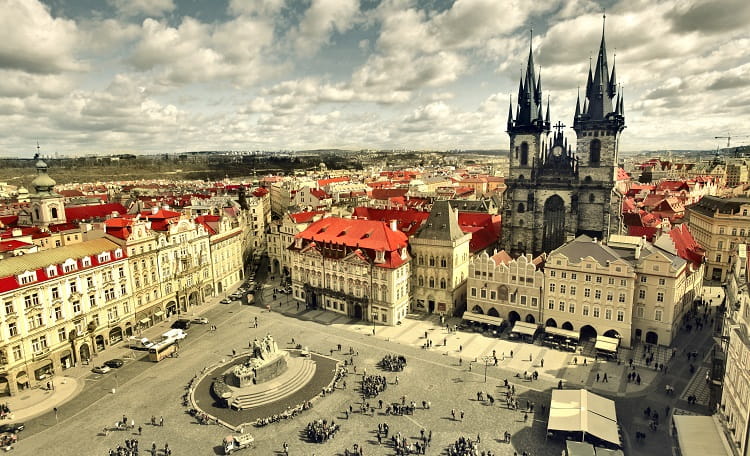David Nath, Head of the Central & Eastern European Hospitality Team at Cushman & Wakefield: “The 682% jump in revenue per available room compared to the first half of last year is so huge that nowhere else in Europe can match it. Some of this surge can be attributed to the fact that last year Prague hotels were among the worst performers in Europe, but, as we predicted at the time, this was only a temporary wobble impacted predominantly by non-market factors. Although the restrictions and anti-pandemic measures were lifted barely a year ago, the average room rate has already surpassed the pre-crisis level, so we are confident that the Prague hotel market is on track for a speedy recovery.”
Prague may still lag behind some other cities in the Central European region – such as Belgrade, Vienna and Budapest – when it comes to half-year revenue per available room, but the robust performance growth we have witnessed since the beginning of 2022 suggests that this situation may improve by the end of the year.
Visitor numbers are up, but key countries remain absent
Prague Airport’s website (prg.aero) is reporting higher-than-projected passenger numbers, which by 4 July had equalled the 2021 full-year total of 4,389,350. As a result, the original forecast of 8.6 million passengers for the whole of 2022 has been revised upwards to 10 million, which, while still lower than before the coronavirus crisis, is a sign of welcome progress, especially bearing in mind that the airport has so far opened only three quarters of its 2019 destinations, with 147 routes currently on offer. This is borne out by the excellent flight utilisation and heightened demand for established routes.David Nath, Head of the Central & Eastern European Hospitality Team at Cushman & Wakefield: “Figures collated by the Czech Statistical Office show that the majority of this year’s foreign visitors to Prague have so far come mainly from Germany, Slovakia, the UK, France and Poland, although their numbers are still nowhere near pre-pandemic levels. Tourists from Asia, Russia and the US are also thin on the ground. It will take further growth in visitor arrivals from European countries, coupled with a resurgence in tourists from further afield, for key hotel performance metrics to improve and market recovery to accelerate.”
New hotels, plus sales on the horizon
Two new hotels that opened this year on Senovážné Square could help lure visitors to Prague. Both the Andaz Prague, housed in the Sugar Mill Palace, and The Julius, a hotel-cum-residential concept, have given a boost to the still relatively limited range of luxury accommodation, which is instrumental in swinging Prague’s image and sharpening its focus on more upmarket clientele. Affluent guests are also targeted by what was the Alcron on Wenceslas Square; currently under renovation, it will now operate as the Almanac X Prague. Other luxury hotel brands slated to open in Prague in 2023 include the 153-room W Hotel (formerly the Evropa Hotel) and perhaps the long-awaited Ritz Carlton on the Old Town Square (the U Sixtů Project). The 297 luxury rooms at the Fairmont Golden Prague Hotel (formerly the InterContinental Hotel) will also open next year once the refurbishment is complete.Although investors are very much interested in purchasing hotels in Prague, there have been no sales of these properties on the local market so far this year. Having said that, a string of major deals are expected to be closed at the end of this year or the beginning of next year.
Magsud Rahmanov, Head of Hotel Transactions CEE & SEE, Cushman & Wakefield: “These days, there are several factors that investors need to weigh up more carefully than in the past: rising interest rates and the availability of financing, escalating costs, labour shortages, cash flow recovery and stabilisation, and, last but not least, environmental certification requirements, which are becoming increasingly important in the hotel industry.”
















